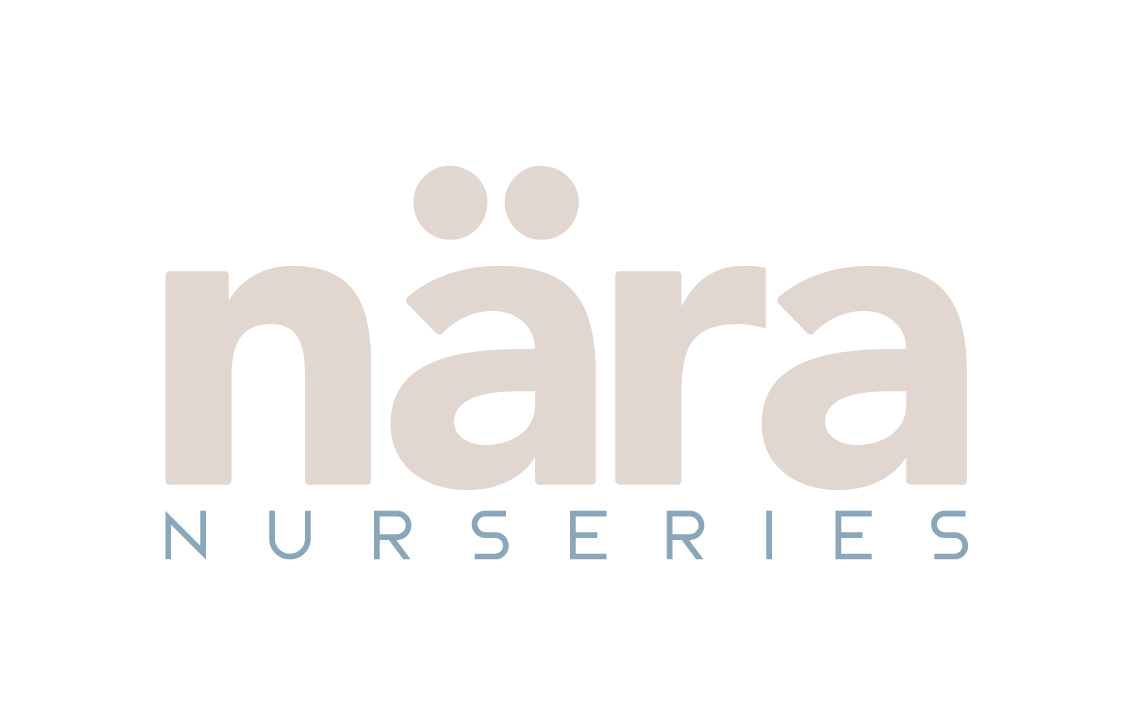Teaching and Learning
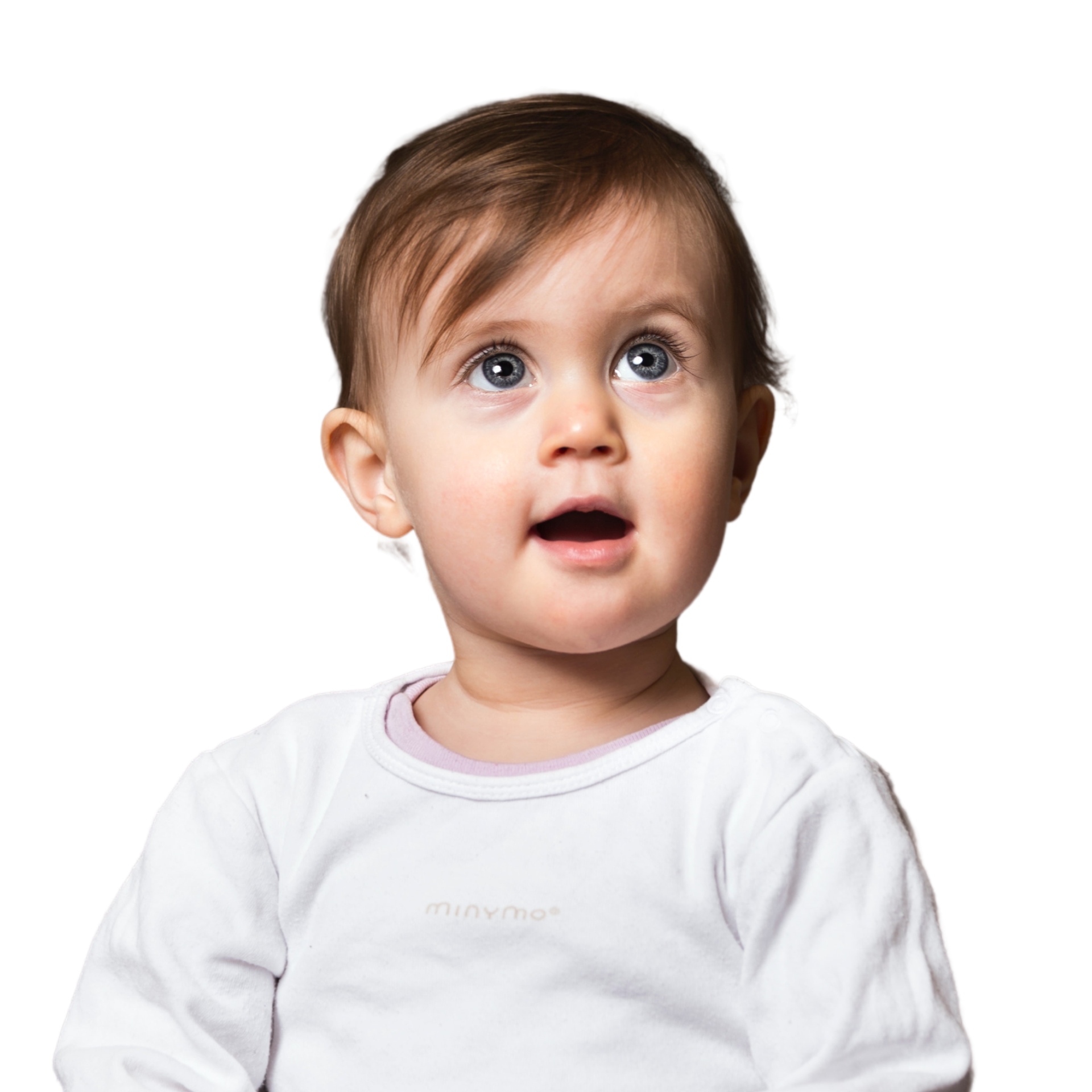
We use the Statutory Framework for the Early Years Foundation Stage (EYFS) and the Birth to 5 Matters Non-statutory guidance for the EYFS, as the foundation for our developmentally appropriate curriculum and inspiring pedagogical practice.
Both documents help our Educators to understand and support each individual child’s developmental pathway by offering rich and stimulating experiences, and a well-planned learning environment.
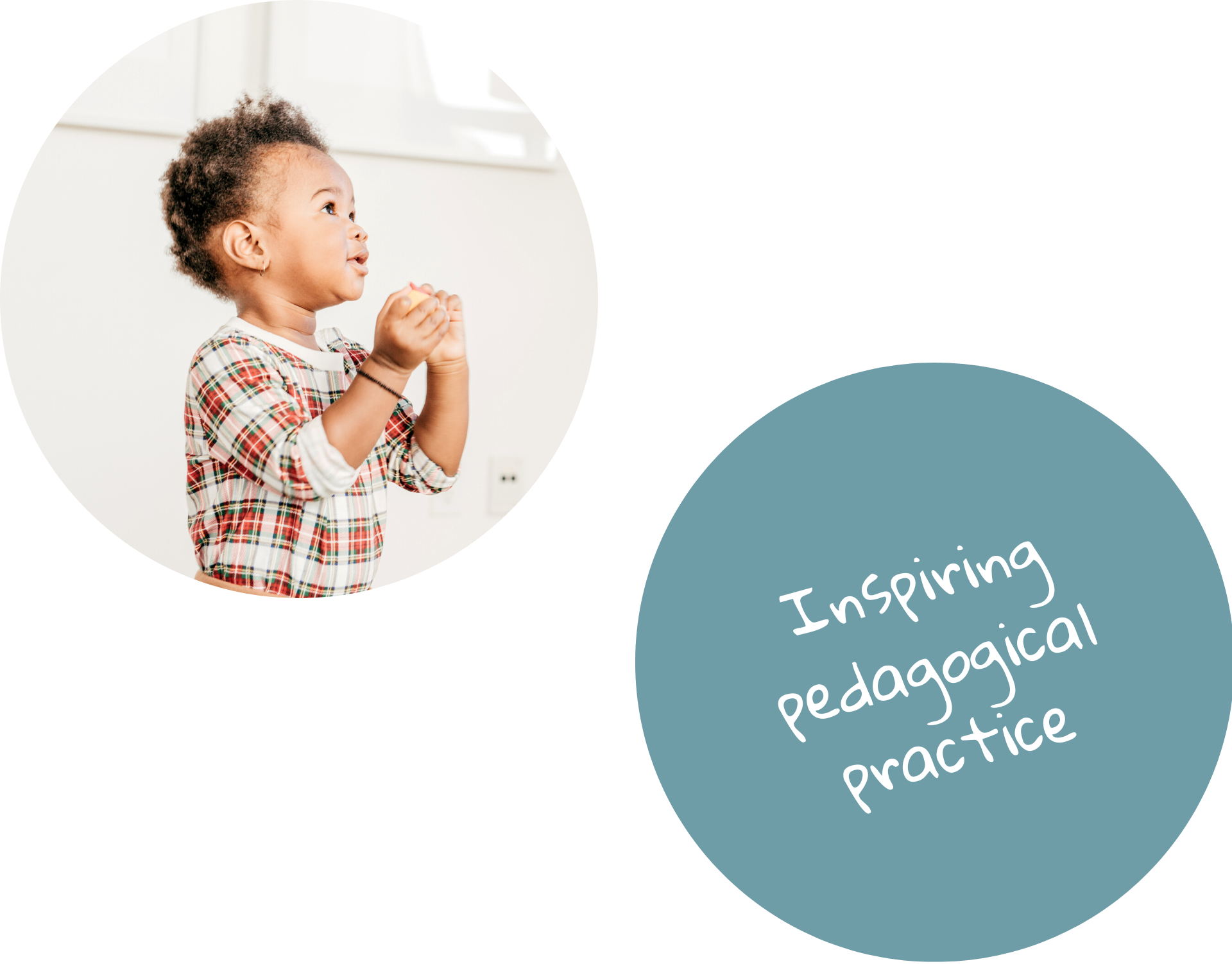

Statutory Framework for the Early Years Foundation Stage 2021 (EYFS)
The Early Years Foundation Stage (EYFS) sets the standards for the learning, development and care of children from birth to 5 years old. The EYFS comprises the safeguarding and welfare requirements, which cover the steps that nursery providers must take to keep children safe and promote their welfare.
Further information about the EYFS can be found in our ‘Parent/carer’s guide to the Early Years Foundation Stage Framework (EYFS)’ which can be downloaded below.
Birth to 5 Matters Non-Statutory Guidance
We use the non-statutory guidance offered within Birth to 5 Matters: alongside EYFS, as the foundation for our curriculum planning. They support practitioners to plan activities and experiences for children, depending on their starting points, from which children develop their learning by building on what they can already do.
Further information about Birth to 5 Matters can be found in the Birth to Five Matters – Parent Leaflet
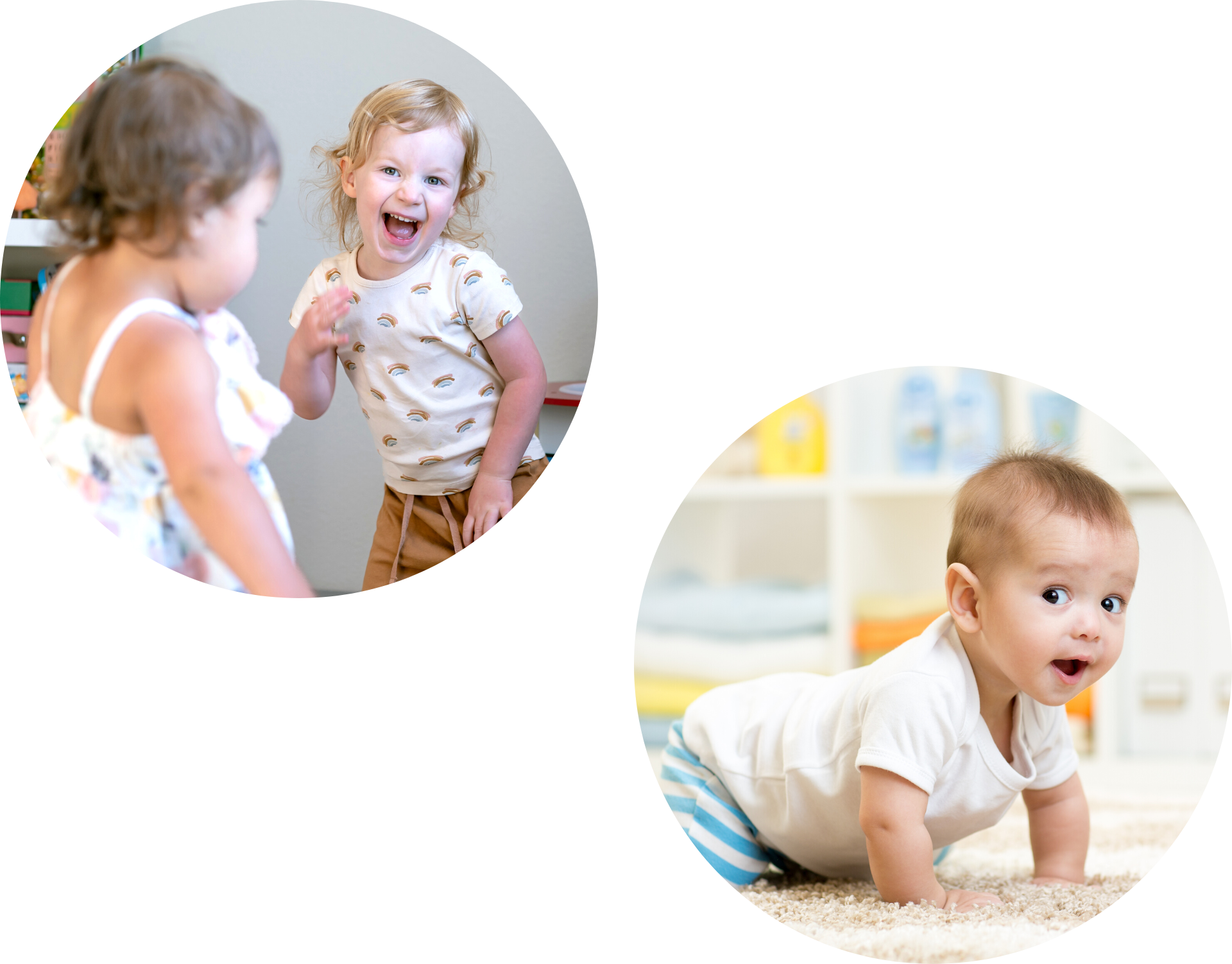
Curriculum
“Feeling connected to others gives meaning and purpose to our lives.”
– Jessica Joelle Alexander
Nära Nurseries provide an exceptional educational offer, underpinned by the Early Years Foundation Stage Statutory Framework (EYFS). However, our vision for excellent early childhood education goes beyond the minimum standards set in the EYFS, and our approach to teaching and learning is inspired by up-to-date insight and current research.
We take our inspiration from a range of research and international approaches, such as Montessori and Reggio, however, our greatest influence is the Scandinavian approach to early childhood education. We embrace the hygge (pronounced ‘hue-guh’) approach, which is a Danish attitude to life that focuses on living in the moment and feeling the joy there is in everyday routines and activities.
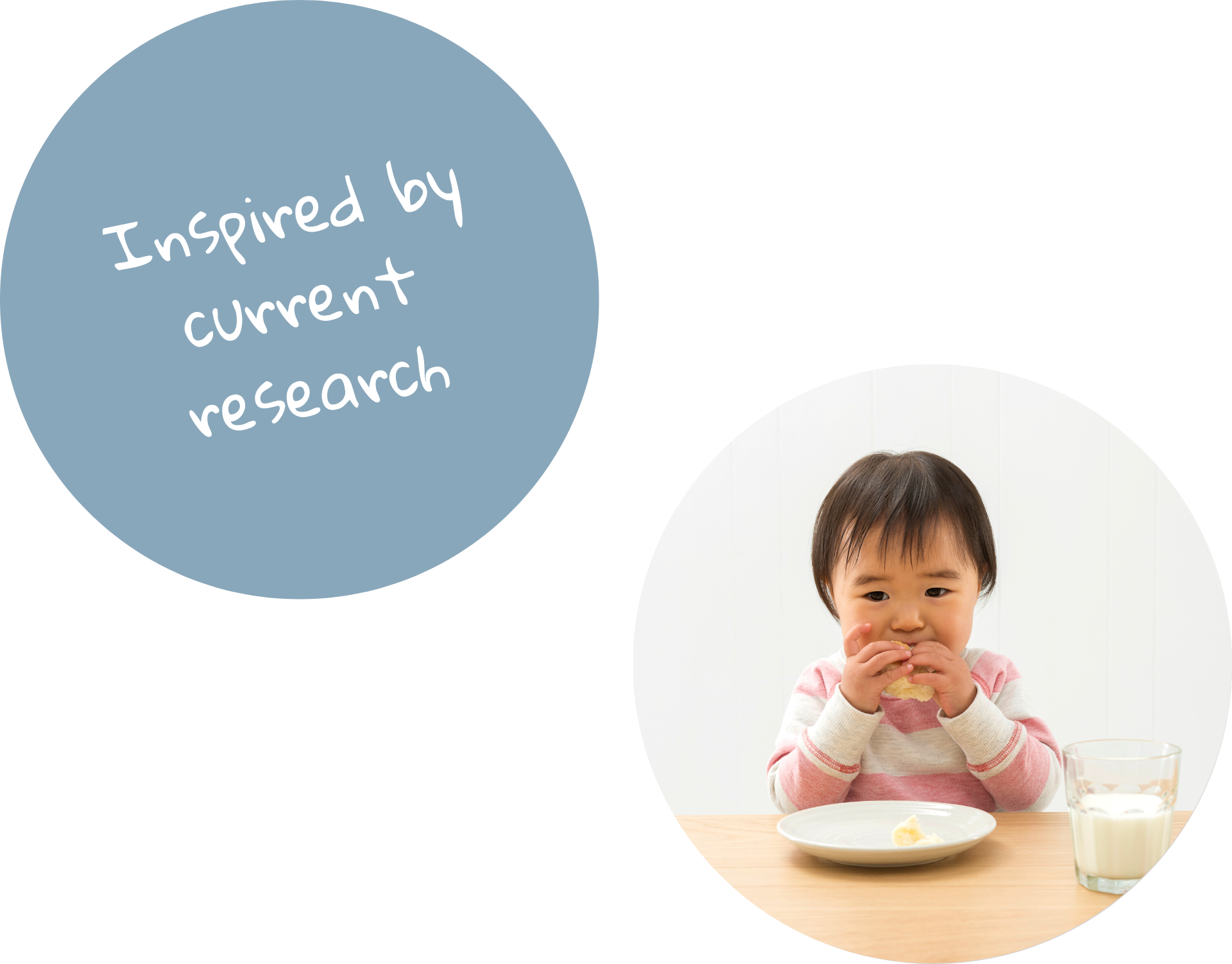
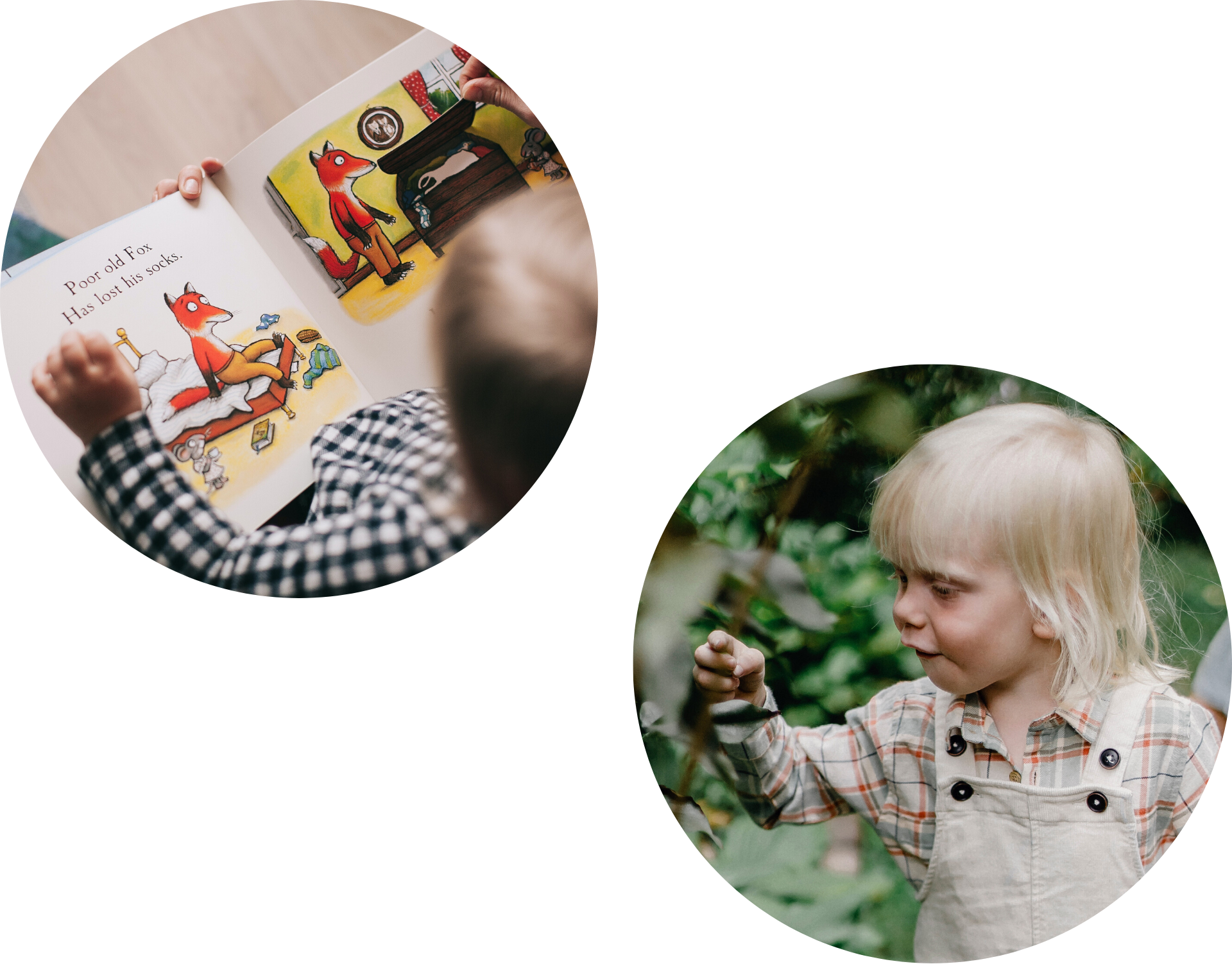
The Oxford Dictionary defines hygge as “a quality of coziness and comfortable conviviality that engenders a feeling of contentment or well-being…..”
This approach also encourages children to grow up with a love for nature, outdoor learning and learning for sustainability. To achieve this, we are committed to each of our nurseries having a qualified Forest School Lead and Outdoor Champion.
Quality is assured through ongoing self-evaluation, professional development and tailored training and qualifications that are provided by in-house specialists and by sector experts.
Discover career opportunities at Nära Nurseries
Environments
“Play is the work of the child.”
– Maria Montessori
Our approach recognises that the most effective pedagogical practice critically includes the provision of enabling indoor, outdoor and emotional environments which foster learning and play.
Therefore, our environments are carefully planned and resourced to support and extend learning.
We are on a mission to create enabling environments in our nurseries which provide children with direct access to resources and experiences, both real and imaginary, that they may not otherwise receive at home.
Constant, thoughtful enhancements are made to this continuous provision which allow children to solve problems, interact with each other and develop their imaginations.
Online Learning Journal – Famly
“Children learn from everything they experience, wherever they are and whoever they are with. The greater the continuity between home and setting, and the richer the learning environment in both, the more children will benefit.”
– Wheeler and Connor
Each child’s learning journey is unique and having a solid approach to observation and assessment means our educators have the knowledge they need to plan effective teaching to support learning and development. At Nära, we use an online learning journal called Famly to document our ongoing observations and assessments of children’s achievements.
Famly is a fully secure system which can be accessed via a parent app or website. The system not only allows parents to access information about their child’s achievements within our nursery, but also enables them to be active contributors to the journal. The observations are brought to life using photographs and video clips, so not only do they support the process of teaching, but they also provide parents with a treasured journal of their child’s time with us.
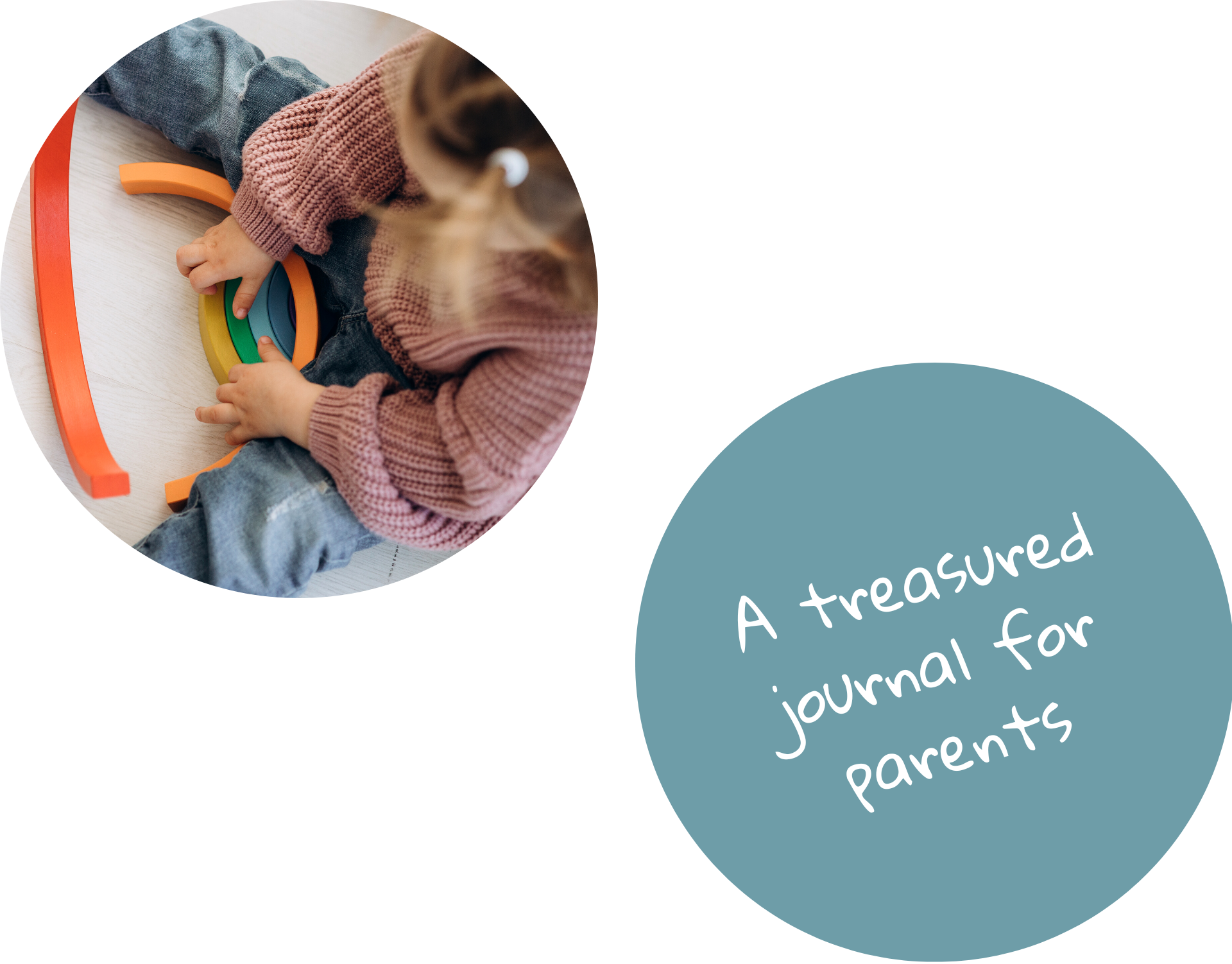
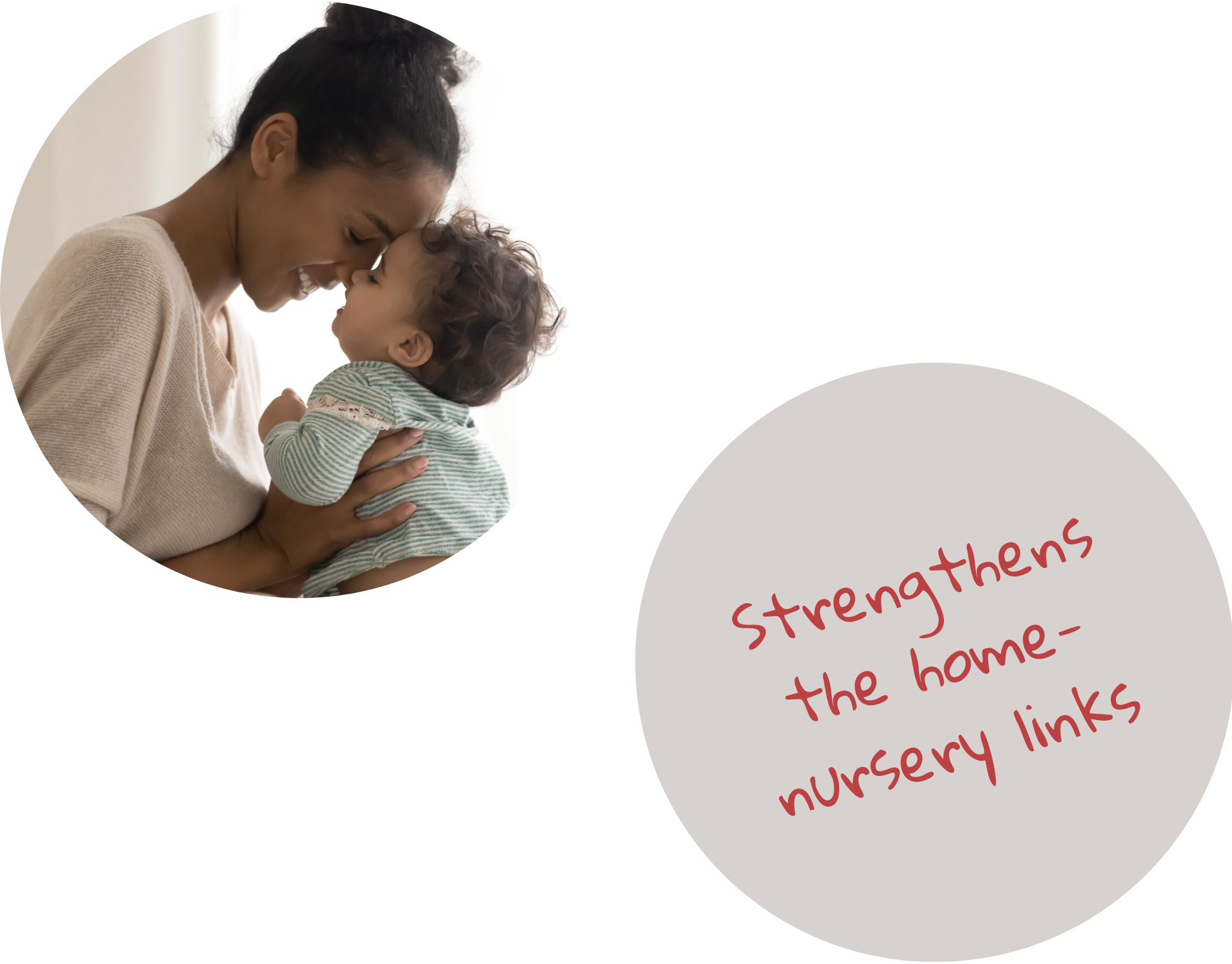
To capture the significant memories of each child’s learning journey and to support our approach to playing and learning, we encourage parents to use Famly and share photographs and anecdotes that tell the story of their child’s life outside of the nursery.
This is a valuable contribution to the child’s learning journey, as it provides a view of the child in a different context, and also strengthens the home-nursery links. Key persons can then plan experiences based on the information given to them by parents.
For example, a parent may share an observation that a child visited the local castle with his grandparents at the weekend and was fascinated by the turrets. From there, the key person can plan for provocations and projects to support the child’s learning and development. For example, researching castles online, looking at blueprints of castles, and using mathematical graphics to design their own castles before using the blocks and props to create their own structure.
